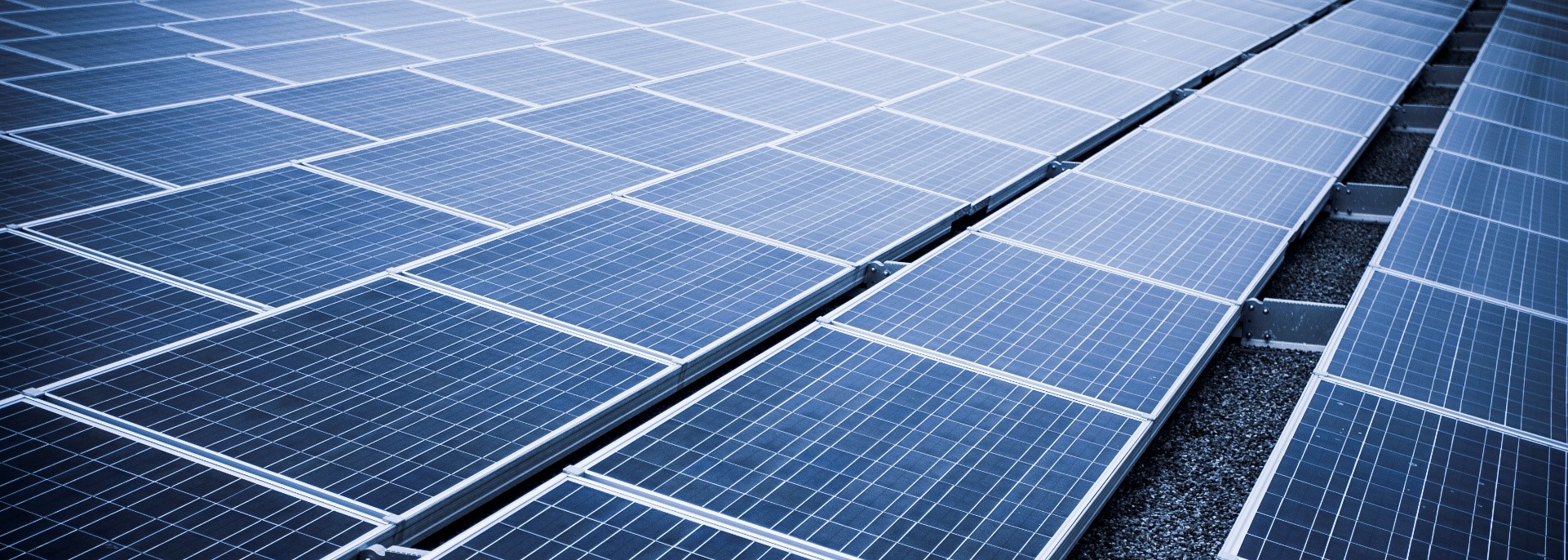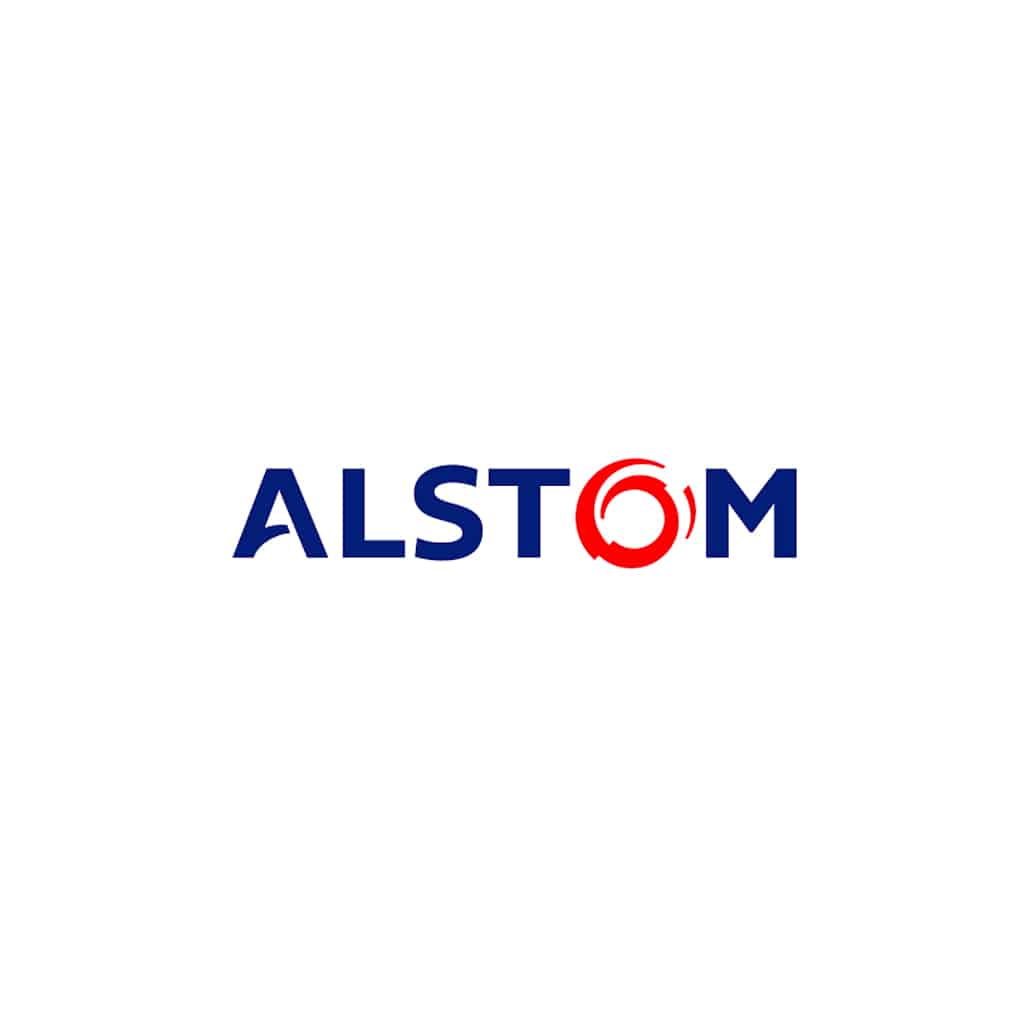
Improvement of the energy performance of industrial railway sites
Contacte Afep Improvement of the energy performance of industrial railway sites The energy performance of industrial rail

Replacing trains using diesel traction with trains using alternative traction modes, further improving the carbon footprint of rail mobility (hydrogen traction, battery/diesel hybrid traction).
Rail is currently one of the most environmentally friendly modes of transport (according to ADEME’s Carbon Footprint, trains emit 32 times less than cars and 23 times times less than air travel).
However, there is room for improvement, as some trains in operation are still powered by diesel. They represent about 20% of the trains running in France, but they cause emissions nearly 10 times higher than those of “electric” trains. Electrification of lines also remains a costly solution, especially for low-density lines.
This project led by Alstom aims to:
on which the project has a significant impact
Avoided emissions:
Every day, 20% of the trains running in France today are diesel trains, thus about 3500 trains (source: SNCF). According to ADEME’s carbon base, the carbon emission factor of a diesel train (0.028 kgCO2e/t.km for an average load) is more than 10 times higher than the carbon emission factor of a train with electric traction (0.00124 kgCO2e/t.km for an average average load).
With the SNCF Group’s CO2 emissions from rail traction at 1.4 MtCO2 in 2019 (source: SNCF’s 2019 corporate social commitment report), the replacement of diesel-powered trains by hybrid or green hydrogen-powered trains in the rail fleet could save at least a third of CO2 emissions, i.e. around 500 million tons of CO2eq/year.
Not disclosed at this stage
2014 - first hydrogen train project 2018 - first project in France
France and Europe
For dual-mode hydrogen trains, in 4 French regions
For hybrid trains, in 4 French regions
For hydrogen trains, in Germany, the Netherlands and Austria
Not disclosed at this stage
Hybrid vs diesel only benefit: reduction of fuel consumption, reduction of noise emissions (entry into stations), energy recovery during braking, improved sound in passenger areas, reduced maintenance costs.
H2 vs. diesel benefits: no GHG or particulate emission, reduced interior and exterior train noise, reduced vibrations, reduced maintenance costs.
Other benefits include:
The use of hydrogen in the railway industry allows to massify the production and to reduce the costs
to pool distribution points for other forms of mobility in order to facilitate their promotion and thus contribute to the emergence of a hydrogen ecosystem in the territories.
The launch of hydrogen technology in public transport requires strong support from public finance.
Partnerships involved the development of Hybrid trains:
– French Regions (Grand Est, Nouvelle Aquitaine, Occitanie, Centre-Val-de-Loire)
– SNCF
– Ecosystem (local battery suppliers, suppliers of technological bricks, etc.)
Partnerships involved in the development of Hydrogen trains
– French Regions (Bourgogne Franche Comté, Grand Est, Occitanie)
– French State
– SNCF
– Ecosystem (local H2 suppliers, suppliers of technological bricks…)
sustainability-csr@alstomgroup.com

Contacte Afep Improvement of the energy performance of industrial railway sites The energy performance of industrial rail
AFEP (Association of French large companies) is an association representing 111 of the largest companies operating in France. It participates in the public debate with the ambition to provide pragmatic answers in favour of the development of a competitive and sustainable French and European economy, conducive to the growth of all companies.